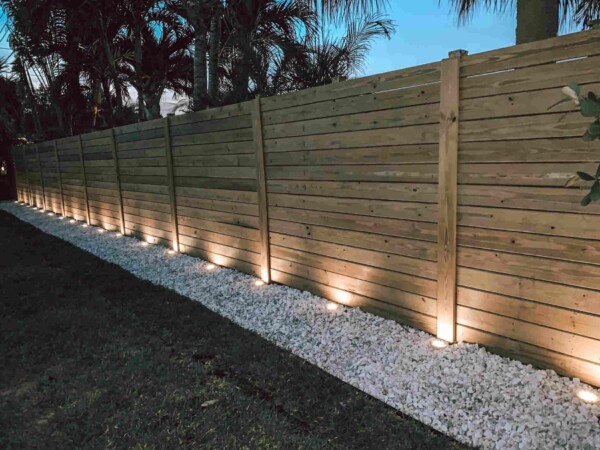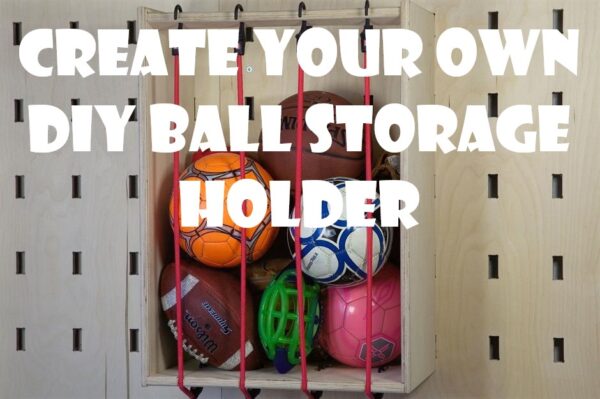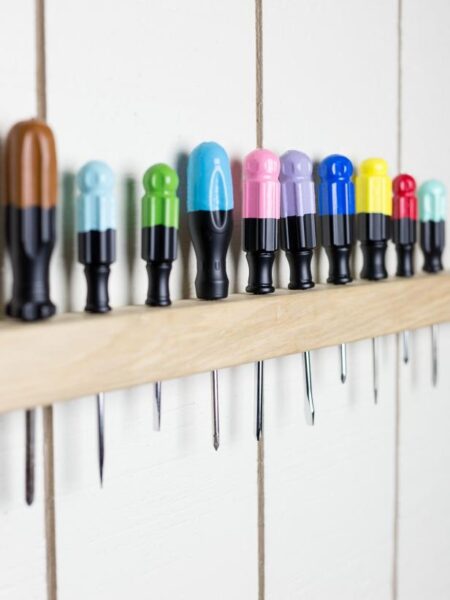
Build a Self-Filling Humidifier at Home
If you’ve ever rolled out of bed, eyes half-shut, just to refill your humidifier… you’re not alone. I used to do it daily during winter, frustrated by the constant top-ups. That all changed when I built my own auto fill humidifier system. No more morning surprises. No more running dry in the middle of the night. Just smooth, consistent humidity — and freedom.
This guide walks you through how I made my humidifier refill itself using a mini float valve and a direct water line. It’s simple, surprisingly affordable, and absolutely worth it.
👉 Check out the full DIY Auto-Fill Humidifier Setup Here! 👈
Why I Built My Own Auto Fill Humidifier
We live in Missouri, and when that winter air kicks in, our home dries out like a bag of old popcorn. My kids were waking up with dry noses, I was getting static shocks from doorknobs, and the wood furniture started creaking like it was begging for moisture.
I was using a 5.3-gallon warm and cool mist humidifier that did a great job — until the water ran out every couple of days. With how often it needed filling, it started to feel like another chore on the list. That’s when I decided to rig it with a float valve and turn it into a completely auto filling humidifier.
What You’ll Need to Get Started
You don’t need to be a plumbing pro to do this. Here’s what I used:
- 5.3Gal/20L Warm and Cool Mist Humidifier – This is the main unit I already had. It’s whisper-quiet and powerful enough to cover our entire home.
👉 Check it out on Amazon - 1/2” Automatic Water Level Control Float Valve – This tiny piece is the heart of the system. It stops the water when it hits the desired level.
👉 Get the float valve here - Water line connection – I used a 1/4″ line coming off a reverse osmosis system, but a fridge line or any clean source will do.
That’s it. No complex electronics. No expensive sensors. Just a smart, gravity-driven solution.
How the Auto Fill Humidifier Works
Here’s how mine works: The humidifier tank has a float valve mounted inside it. As the water level drops, the float also drops, opening the valve and letting water in. When the tank fills up again, the float rises and shuts the valve.
It’s like your toilet tank — but cleaner and smarter.
I mounted the float valve near the back corner of the tank where it wouldn’t interfere with the humidifier’s internal components. Then I ran a 1/4” water line to the valve from my under-sink water source. A quick T-connector and a pressure reducer helped manage the flow safely.
Now when the water dips even an inch below full, the float kicks in and tops it off automatically.
👉 Read the full step-by-step guide here — trust me, it’s easier than it sounds!
Benefits of an Auto Filling Humidifier
There’s something incredibly satisfying about setting up a system that just works. Here’s why I’ll never go back to a manual-fill setup:
- No more refills at 2AM – The humidifier stays topped off around the clock.
- Stable humidity levels – Great for your skin, your sinuses, and your furniture.
- Hands-free operation – I haven’t touched the water tank in months.
- Peace of mind when traveling – I don’t worry about it running dry while we’re gone.
It’s also one less thing for my wife and I to think about. Parenting and running our farm keeps us busy — so automating one more thing felt like a win.
Keep Humidity in the Sweet Spot
Now that our humidifier is always full, we’re able to keep the house right at that perfect 40–50% humidity mark. It’s made a huge difference in how we sleep, breathe, and even how well our wooden floors hold up.
On the flip side, if you’re dealing with excess humidity or a damp bedroom, I’ve also tested some great bedroom dehumidifiers that solved that problem too.
👉 Check out the one that changed our sleep here 🌙
Whether it’s too dry or too moist, getting your air right is key to better rest and better living.
A Few Things to Keep in Mind
While this system is a game-changer, there are a couple of things to note:
- Only use clean water lines – No unfiltered well water or untreated sources.
- Test the valve before relying on it – Let it run a few cycles under supervision.
- Make sure your humidifier tank can handle a modification – Not all tanks are flexible enough.
And always remember to test for leaks! A drip over time can do a lot of damage if you’re not careful.
Can You Use Any Humidifier for Auto Refill?
This is one of the most common questions I see, and it’s a good one — because not all humidifiers are built the same. While some models are more DIY-friendly, others make modifications a bit trickier.
For my project, I used a 20L (5.3-gallon) warm and cool mist unit that had a tank large enough to install a float valve on the inside wall without disturbing internal components. You need access to the tank’s side or bottom and enough space so the float valve can operate freely without getting stuck.
If your current humidifier is small, tightly packed, or doesn’t have any decent opening to work with, consider upgrading to one like this:
👉 See the humidifier I used here 🌀 — it’s ideal for this project and works like a charm.
Even if you’re using a different model, don’t give up! Some people have modified bucket-based units or even added a sealed valve housing on top of the tank lid. Just keep in mind — the easier the access, the simpler your project.
Where Should You Place Your Auto Filling Humidifier?
This part is more important than most people realize. Your auto fill humidifier may be self-reliant when it comes to water, but you still need to make sure it’s placed properly for maximum performance and safety.
Here’s what I’ve learned:
- Avoid placing it on carpet – Not only can it sink, but excess moisture near the base can cause mildew.
- Keep it near the center of your home or high-traffic area – This allows the moisture to circulate evenly throughout your space.
- Be close to a water line – Since you’ll be running a hose to your unit, choose a location that’s near an existing line like your kitchen, bathroom, or laundry area.
- Stay away from electronics – Even with a float valve, no system is 100% immune to failure. Always give your humidifier a little “breathing room.”
We tucked ours against a main hallway wall just a few feet from the kitchen sink base cabinet — great for moisture distribution and super easy for water line routing.
The Float Valve: Small Part, Big Responsibility
If there’s one component that makes or breaks the entire auto filling humidifier setup — it’s the float valve.
I went with this ½ inch mini float valve for a reason:
👉 Grab the same reliable float valve I used 💧
It’s compact, responsive, and easy to install with a bulkhead fitting or just a tight rubber washer. The float arm rises with the water level and shuts off the incoming flow right when it reaches your preset height. This keeps the tank topped off without overflowing or underfilling.
Tips from experience:
- Test it in a bucket first – Before permanently installing it, give it a dry run (well… wet run) in a container so you can see it in action.
- Check the float orientation – Some float arms can be flipped to fine-tune how high or low the cutoff point is.
- Clean the valve every few months – Sediment and mineral build-up can affect its performance over time.
This little guy has been working flawlessly for months. I check it about once a month now — just a visual glance to make sure nothing’s stuck.
What’s the Best Type of Water for a Humidifier?
Even though your humidifier is now hands-free with auto refill, you still need to think about water quality. A constant water line means your system is running 24/7 — and if your water has impurities, your air might too.
Here’s what I recommend:
- Use filtered or reverse osmosis water – This is especially true if your area has hard water. Minerals like calcium can clog your humidifier or leave white dust on furniture.
- Avoid straight tap water if it smells or has iron – Rusty pipes or chlorine-heavy sources can cause damage and odd smells in the air.
- Inline water filters – If you’re tapping into a standard cold water line, consider adding a cheap inline water filter cartridge.
When in doubt, go the safe route. We pulled a T-line off our under-sink RO system, and the water is crystal clear — perfect for both breathing and keeping our humidifier in top shape.
👉 For more clean air tips, check out this guide to preventing window condensation during winter ❄️.
Is It Safe to Leave the System Unattended?
Yes — but only if you build it smart. Like any DIY water system, safety depends on the quality of the build and the materials used.
Things I did to make our setup worry-free:
- Used push-to-connect plumbing fittings – They’re leak-proof and easy to install.
- Secured all tubing – I used zip ties and clamps to prevent sagging or accidental disconnections.
- Tested the float valve multiple times – I simulated low and high levels and made sure it always shut off.
- Placed a waterproof mat underneath the humidifier – Just in case. Cheap insurance.
If you follow a similar process, your auto refill humidifier will be safer than most fish tanks. I feel confident leaving ours running while we’re out of town for a few days — and that’s something I never did before this project.
What About Mold or Bacteria Build-Up?
Great question. Anytime you’re working with constant moisture, mold is always a possibility — but it’s easily preventable with a few proactive steps.
Here’s how I keep ours clean and fresh:
- Add a few drops of humidifier bacteriostatic treatment once a week.
- Fully empty and rinse the tank every couple of weeks, even if it’s always full.
- Run the humidifier on warm mist for 15 minutes every so often – this helps kill off microbes inside the tank.
- Let it dry out once in a while – Take a day off every week or so to let the inside breathe.
The float valve itself is plastic and easy to clean with a toothbrush or rag. If you’re using filtered water like we are, you’ll hardly see any grime, but it’s still smart to stay ahead of it.
Creating my own auto refill humidifier wasn’t just about convenience — it was about taking control of something that used to frustrate me daily. Now, our house stays comfortable without the constant back-and-forth to the sink.
If you’re tired of babysitting your humidifier, this DIY setup is absolutely worth a shot.
👉 Get the full instructions here 💧 DIY Auto-Fill Humidifier Guide
It’s a small project with a big payoff — and one I’m glad I tackled.
As an Amazon Associate we earn from qualifying purchases through some links in our articles.



